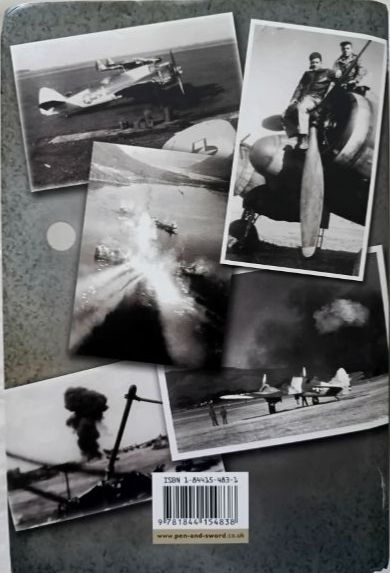Assessing Competitive Strategies For The Joint Strike Fighter: Opportunities and Options (2001) By John Birkler, John C. Graser, Mark V. Arena, Cynthia R. Cook, Gordon T. Lee, Mark A. Lorell, Giles K. Smith, Fred Timson, Obaid Younossi, Jon Grossman
Defense policymakers in the United States expect that the Joint Strike Fighter (JSF) will play a critical role in U.S. and allied military forces through the first half of this century. The Department of Defense's current JSF acquisition strategy is a "winner-take-all" competition pitting Lockheed Martin against Boeing. This strategy has raised concerns of whether competition should be retained after Lockheed Martin or Boeing is selected to begin engineering and manufacturing development. In July 2000, the Under Secretary of Defense for Acquisition, Technology and Logistics asked RAND to explore and identify opportunities and options to introduce competition during the production phase of the JSF. In their 4-month-long study, RAND researchers used as their principal criterion the likelihood that such competition would reduce the overall cost of JSF production, which is expected to total ~$300 billion in then-year dollars. They also made a more limited analysis of other plausible consequences of competition, including savings in operations and support costs, reduction in cost growth, and improvement in product quality, to the extent possible within the study's duration, as well as exploring how new competitive strategies might affect foreign participation in the JSF program. U.S. allies could account for sales of an additional 3,000 JSF aircraft. Two policy implications resulted: 1) Policymakers should stick with the winner-take-all strategy for near-term development and production of the JSF. Despite the potential advantages that might accrue, establishing a competitive production line for part or all of the JSF would require a front-end investment, together with increases in recurring costs, that probably would not be recovered through price reductions that might result from competitive forces. 2) Policymakers should examine the costs and benefits of supporting a second industry team so that it could be capable of competing to develop and manufacture the next major upgrade of the mission system equipment. If implemented, this strategy would ensure that future managers have the option of a competitive second source, one that might not otherwise be available.
- Soft Cover
- 112 pages
- In Good Condition
































